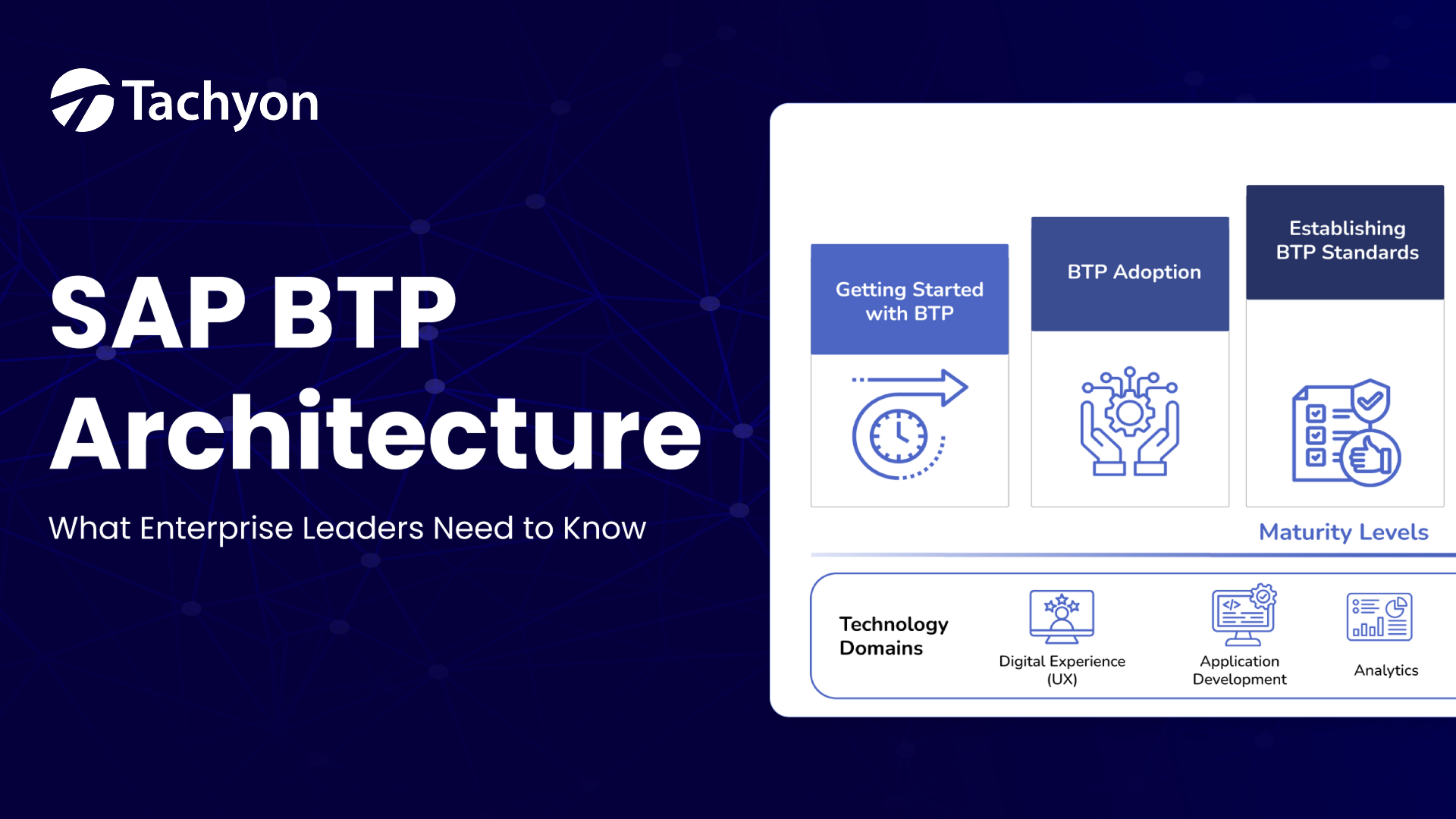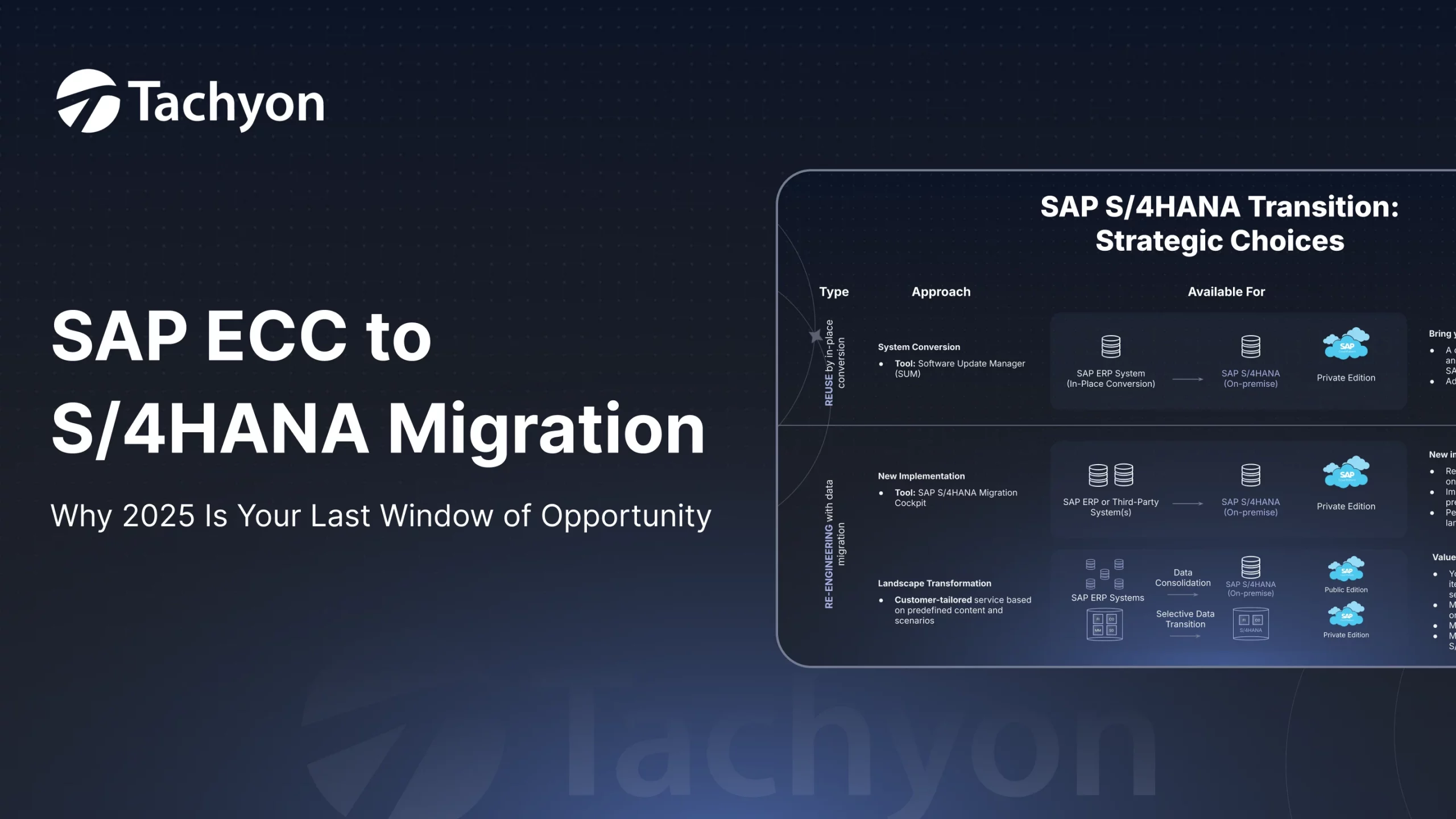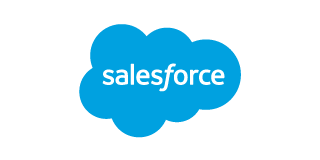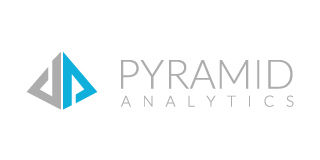Intro
Enterprise leaders need SAP BTP architecture to navigate today’s complex business technology world. SAP Business Technology Platform (BTP) launched in 2021 as the state-of-the-art layer of SAP’s “intelligent enterprise”. The platform grew faster to include over 100+ services that empower scalable, secure innovation.
SAP BTP has four key components: database and data management, application development and integration, analytics, and intelligent technologies. This complete platform works as SAP’s platform-as-a-service solution that helps organizations extend, integrate, and optimize their enterprise systems. SAP’s Business Data Cloud announcement takes this architecture to the next level by creating a business-focused data fabric. This new fabric delivers context-aware insights that traditional systems find hard to provide. This piece gives enterprise leaders a clear roadmap to exploit SAP BTP’s architectural potential and gain competitive advantage.
Key Challenges in Modern Enterprise Architecture
Enterprise leaders face growing pressure to modernize their IT systems while managing existing ones. Let’s understand the basic problems organizations face in their digital transformation before we see how SAP BTP architecture helps solve them.
Fragmented systems and data silos
Organizations today run business processes that span from on-premise to cloud environments across multiple vendors. Their complex ecosystem has legacy applications from decades ago alongside modern platforms and open-source technologies. Research shows knowledge workers waste about 12 hours every week “chasing data”. Bad data costs companies around $12.90 million each year.
These disconnected systems create several critical problems:
- Business processes lack end-to-end visibility
- Systems become more complex and expensive to run
- Departments keep data in silos that prevent detailed analysis
- Duplicate data creates inconsistencies and wastes storage costs
One industry expert points out, “Different data sources, both internal and external, structured and unstructured, and with increasing volumes continue to create challenges for our customers”. Many organizations’ data platforms then become useless “data swamps” that fail to generate insights despite huge information stores.
Need for agility and scalability
The digital world demands adaptability – it’s no longer optional. Traditional IT models with long investment, procurement, and development cycles don’t meet the need for quick delivery and flexible responses.
CTOs often say their teams “continually being asked to do more with less” while handling multiple competing priorities. About 26% of IT leaders spend too much time firefighting to focus on strategic goals. Projects often fail because teams don’t have enough resources.
Agility helps organizations spot and respond to changes quickly. Scalability lets them expand or shrink operations efficiently without losing performance. These capabilities change how businesses handle uncertainty and rapid change.
Balancing innovation with compliance
Enterprise architecture must balance innovation and governance carefully. Innovation drives competitive edge, but unchecked development can create security holes, compliance risks, and IT sprawl.
Organizations must follow regulatory standards like GDPR and ISO 27001 while staying agile. Data usage highlights this challenge – a Seagate survey shows companies use only 32% of their available data, leaving 68% unexploited.
People often see regulations as barriers to innovation. Extra compliance requirements act like a “tax” on development. This slows transactions and creates global competitive disadvantages. Finding this balance while keeping a clean core system remains one of the biggest architectural challenges for enterprise leaders today.
How SAP BTP Solves These Challenges
SAP Business Technology Platform (SAP BTP) solves the biggest problems of modern enterprise architecture with its complete set of capabilities built for today’s complex IT landscapes.
Unified platform for SAP and non-SAP systems
SAP BTP gives organizations the ability to combine and extend business applications in both SAP and non-SAP environments. This unified approach breaks down data silos that split enterprise systems. The platform works with hybrid landscapes and connects on-premise systems like ECC or S/4HANA to cloud-based applications without core ERP changes. You retain control of upgrades with this clean core strategy.
Organizations can build a cohesive ecosystem that links legacy systems to modern cloud solutions. This approach tackles the fragmentation that many enterprises don’t deal very well with.
Pre-built connectors and integration tools
SAP Integration Suite stands at the heart of SAP BTP architecture and speeds up integration with over 10,500 pre-built integration contents. The suite comes with about 160 pre-built connectors to popular third-party applications like Workday, Salesforce, and ServiceNow. It handles authentication and token refresh automatically. Open Connectors helps businesses connect to more than 170 third-party applications and reduces custom integration work by a lot. These tools deliver measurable results. CONA Services cut their runtime costs by 50% after using SAP Integration Suite. Harrods linked their systems and automated workflows to cut process times by 30%.
Low-code/no-code development with SAP Build
SAP Build reshapes the scene of application development. Technical and non-technical users can create solutions with minimal coding. Purpose-built frameworks for business applications help organizations develop apps 3x faster. This tackles the agility challenges modern enterprises face. Mahindra boosted their developer efficiency by 35% with SAP Build and automated more than 250 processes. The platform blends low-code and pro-code features through drag-and-drop tools and AI-based code generation. Teams can build applications that match business needs exactly. Gartner expects low-code/no-code platforms to power more than 65% of application developments worldwide by 2024. This shows how important this approach has become.
Using SAP BTP Reference Architectures
Reference architectures act as blueprints that help companies implement SAP BTP architecture in complex enterprise settings. These tested templates give organizations the structural guidance they need to start their digital transformation.
What are reference architectures?
SAP BTP reference architectures are template solutions created for specific technology or business domains. They show how SAP BTP services work together, connect with SAP applications, and link to third-party systems. These templates offer solutions customized to technology areas of all types such as integration, extensions, and data analytics.
Each reference architecture has these essential parts:
- Context and introduction in brief descriptions
- Runtime perspectives shown in data flow diagrams
- Specific features that help select the right architecture for your needs
- Real-life examples with SAP business applications
- BTP services and components used in the solution
Categories: Integration, Data & Analytics, Hyperscaler
The architecture catalog groups SAP BTP reference architectures into three main categories:
Integration architectures connect systems and applications throughout the enterprise, which enables smooth data flow and process integration.
Data & Analytics architectures help companies use analytical insights to make better decisions and accelerate business growth with industry-best practices and innovative technology.
Hyperscaler architectures blend SAP BTP services with cloud providers like Azure, AWS, and Google. These multi-cloud setups power scenarios like retail inventory prediction, supply chain planning optimization, and sustainability analytics through tools such as SAP Datasphere, Google Vertex AI, and Google BigQuery.
How to apply them in real-life scenarios
The SAP Discovery Center’s Architecture Catalog helps you implement reference architectures. You can access detailed descriptions, component lists, and extra resources once you find an architecture that fits your needs. SAP provides related missions to implement specific solution variants based on these architectures.
The best part is that you can download and adapt these architecture diagrams to match your requirements. This flexibility makes them excellent starting points for implementation in business scenarios of all types, from retail to manufacturing.
Building a Future-Ready IT Landscape
Building a future-proof enterprise goes beyond technology adoption. You just need a strategic approach to your IT landscape. Your experience starts with reimagining how core systems work in an increasingly complex digital world.
SAP BTP and clean core strategy
Clean core approach brings a fundamental change in SAP implementation philosophy. This strategy keeps core systems standardized and moves extensions to SAP BTP instead of customizing your ERP system. The advantages are compelling:
- Standardized processes reduce complexity and boost agility
- Smoother upgrades lead to faster innovation cycles
- Standardized systems cut down maintenance costs
Research by IDC shows companies using SAP BTP get annual benefits of $195,100 per 100 users through better data use and process automation. BTP will give a smooth path to innovation. New versions of S/4HANA become automatically available and dramatically reduce time to market.
AI and automation in business processes
SAP BTP has grown into an AI-powered platform that revolutionizes business operations. The platform has Joule Studio that provides a dedicated environment to create and manage custom AI skills and agents with low-code capabilities. These AI capabilities show real results:
- App development costs drop by 30% through automated code generation
- Natural language interfaces make searches 95% faster
- SAP app management efficiency increases by 75%
Budget-friendly, secure, and compliant solutions
Security and compliance are the foundations of SAP BTP’s architecture through three pillars: build securely, run securely, and act securely. The platform has comprehensive security features like identity authentication, authorization management, and data encryption.
SAP BTP offers specialized capabilities for regulated industries with strict compliance requirements. Companies can stay secure while pushing innovation forward. The platform uses automated monitoring systems to track performance and health, distributed caching mechanisms, and adaptable architectures.
Conclusion
SAP BTP architecture helps enterprise leaders overcome today’s most pressing IT challenges: fragmented systems, slow innovation, and compliance risks, through a unified and scalable platform.
With over 10,500 pre-built integrations and 160+ third-party connectors, SAP BTP accelerates connectivity across hybrid environments. Companies like CONA Services cut runtime costs by 50 percent, while Harrods reduced process times by 30 percent using SAP Integration Suite.
Reference architectures offer ready-to-use blueprints that simplify adoption and deliver faster results. Combined with low-code tools and AI capabilities, businesses see up to 30 percent savings in app development, 95 percent faster searches, and 75 percent improvement in app management productivity.
Companies adopting SAP BTP architecture position themselves for current and lasting competitive advantage. With innovations like Business Data Cloud and Joule Studio, the platform enables organizations to adapt to changing business needs while maintaining operational excellence. In the end, successful digital transformation depends not just on technology but on strategic execution that solves real business problems.
See SAP BTP in Action
Accelerate your digital transformation with a clean, future-ready architecture. Talk to our experts and discover how to optimize your systems with SAP BTP.















